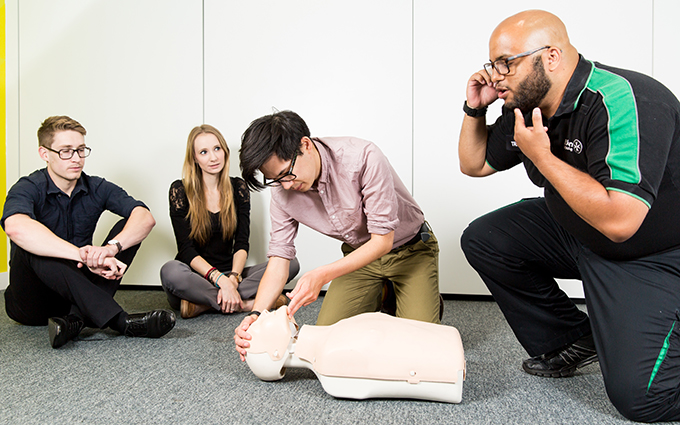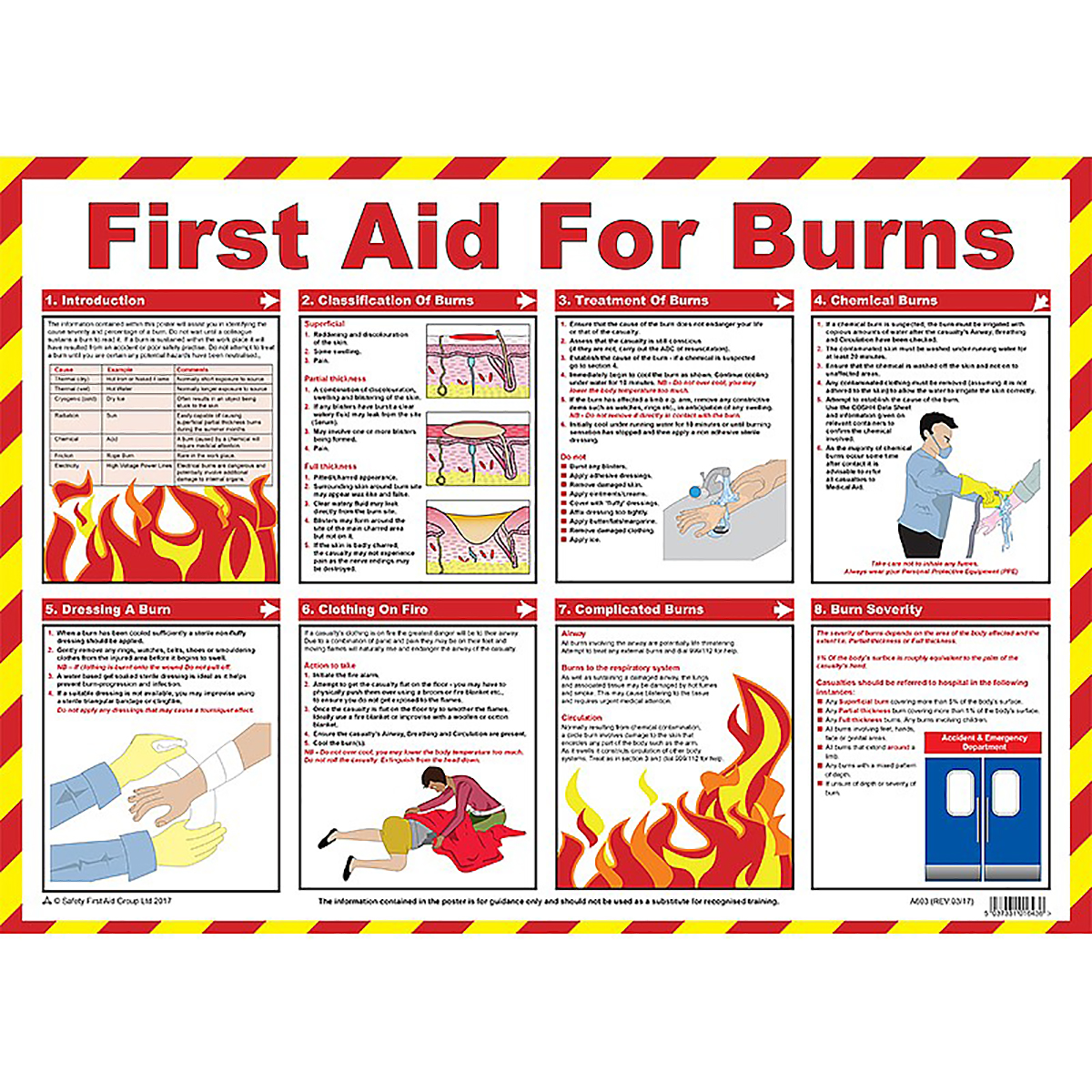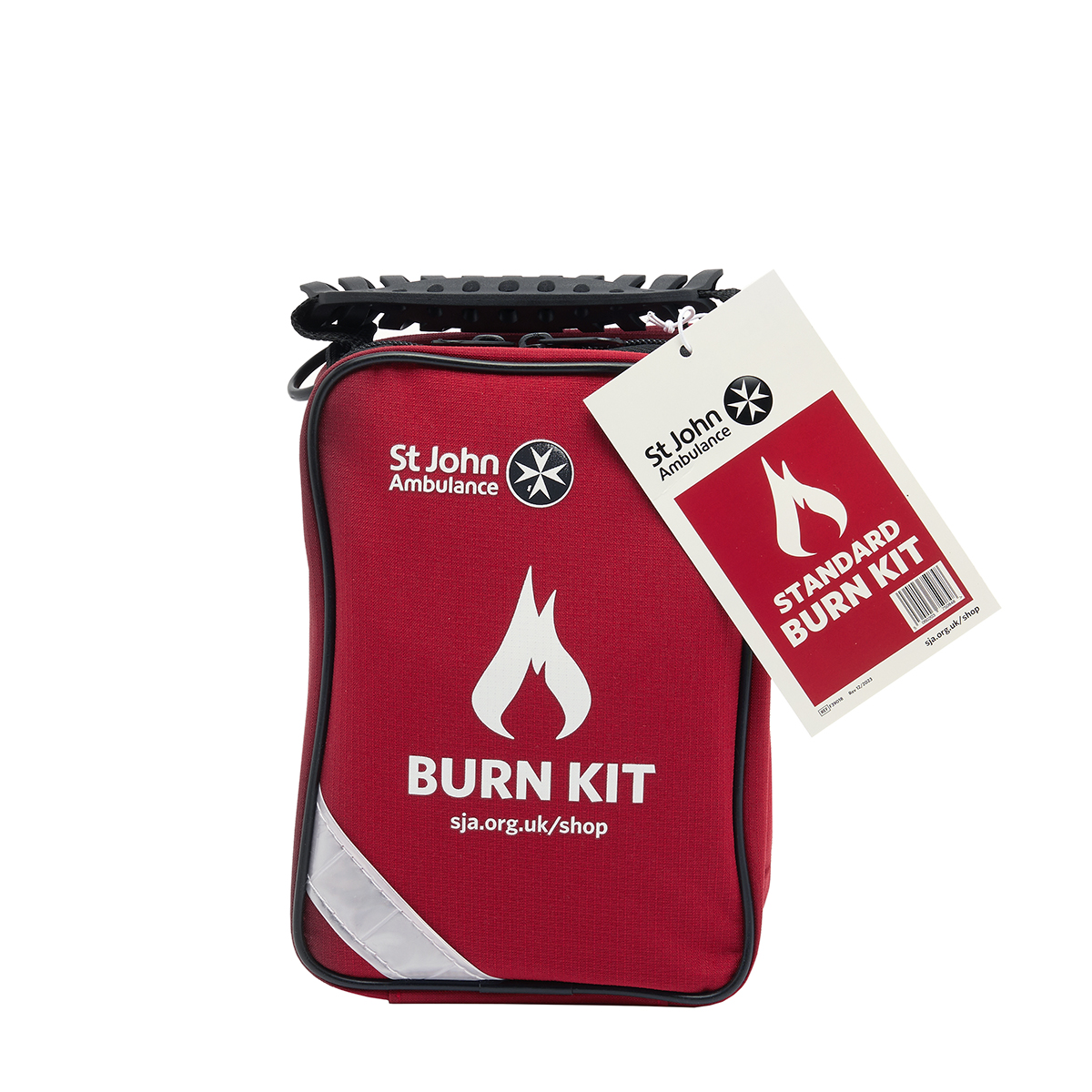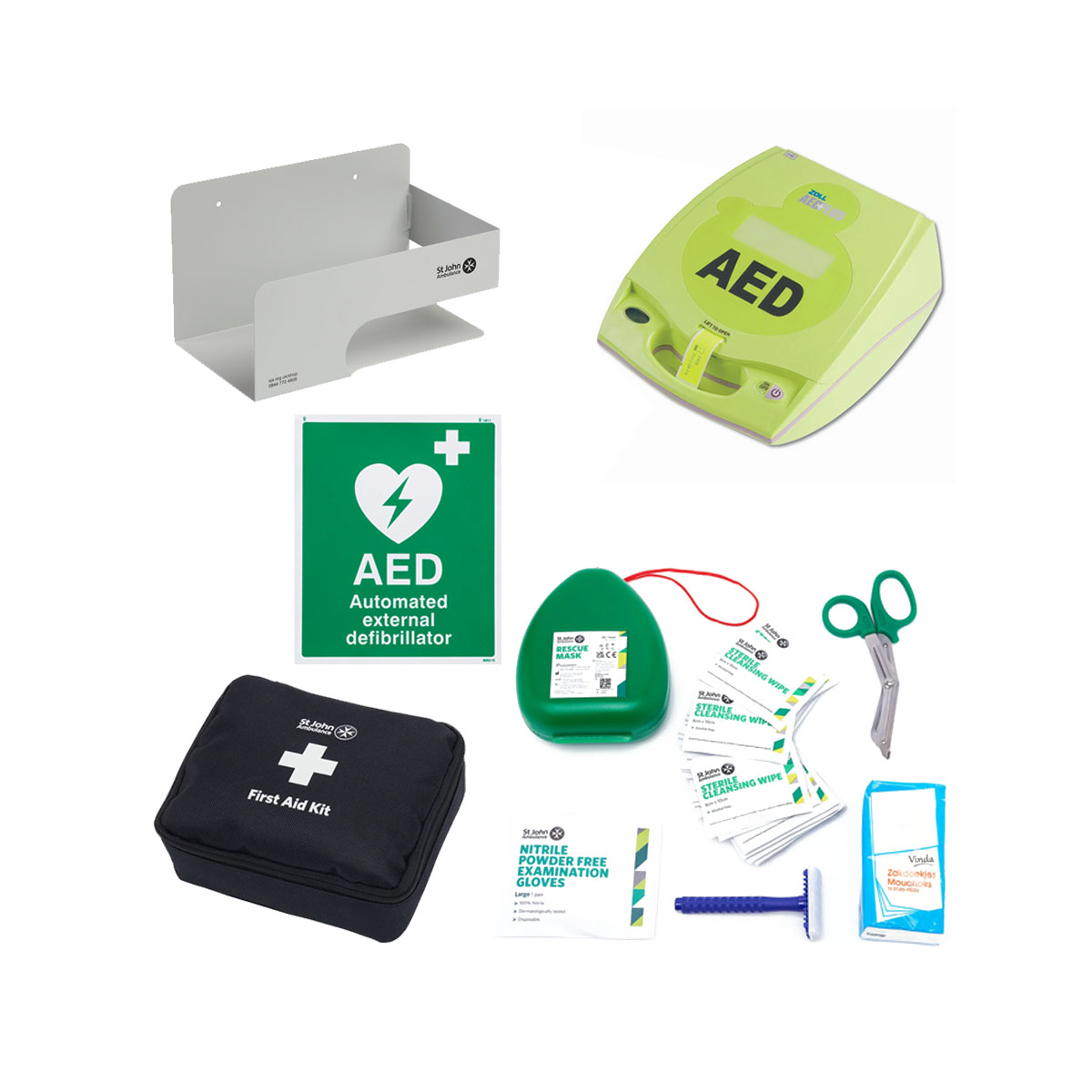Published: 10th Febuary 2025.
Last updated: 10th Febuary 2025.
Author: Cara Sherratt.
Contents
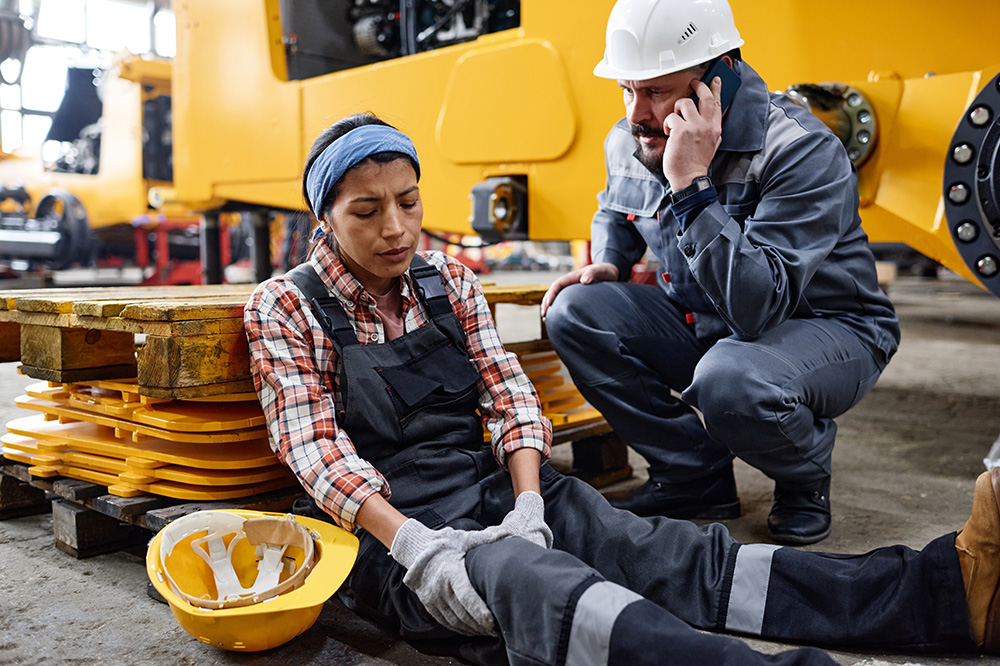
Does your workplace have trained first aiders and the correct first aid supplies in case of an incident? Whatever your workplace setup is, requiring first aid during working hours happens more regularly than you might think. Whether you work full-time at a construction site or part-time in an office setting, accidents and injuries are not uncommon. This means having the right first aid supplies and trained first aiders available can be the difference between receiving critical treatment and potentially exacerbating issues as you wait for assistance.
If you don’t work in a high-risk industry, it is a common mindset to assume that your workplace is not an obviously dangerous environment, or that accidents and incidents won’t happen to you. However, every workplace has the potential to host several potentially harmful hazards, whether obvious or not.
Having a comprehensive, fully stocked first aid kit available at your place of work, alongside representatives who are trained to use its contents can alleviate time pressures when seeking medical treatment after an incident. But what pieces of first aid kit are essential to keep at your workplace, and what are these used for?
Join us as we go through some commonly found first aid supplies and workplace incidents that require these supplies to deliver immediate first aid treatment.
Workplace Slips, Trips & Falls
Most trips in the workplace are caused by maintenance and obstructions in walkways, with others being caused by uneven surfaces. Slips may occur from wet flooring, wearing unsuitable shoes, or being caught in a downpour on your commute that you were not properly prepared for. These types of hazards can arise at any point and although preventing accidents caused by things such as obstructions is often simple and cost-effective, ensuring you have the correct equipment and training is essential if you have to deal with this kind of accident. Should you need to support injured limbs, cuts and bruises caused by a trip or fall, you can find a triangular bandage, plasters and cool packs in a fully stocked first aid kit.
Hand, Wrist and Arm Injuries
There are 122,000 self-reported cases of lacerations annually in Great British workplaces according to Arco.co.uk – in total, laceration/open wound injuries resulted in 247,000 days' absence from work annually. Injuries to the hands, wrists and limbs can have many causes with examples including exposure to chemicals, using sharp materials to open packages and crushing hands in doors or between materials.
According to MFS Safety, a study of work-related hand injuries found that 1/3 of companies reported 10 or more work-related hand injuries in a year, and 12% of companies reported more than 30 hand injuries a year. With the hand taking the top spot as the most injured body part, 40% of hand injuries were due to cuts or punctures.
Acting quickly to treat injuries to the hand, wrist or arm can aid the healing process and minimise the risk of any further damage being caused – as well as reduce the number of days absence needed. In your first aid kit, tough-cut scissors can be used to remove clothing or jewellery such as rings, as the injured part begins to swell. Gauze, tape and plasters should be available to dress the wound, and a triangular bandage can be used for elevation if appropriate.
To properly understand which the appropriate action is to take when presented with a puncture, crush or burn injury, book a first aid course today to gain the necessary skills to prevent causing further injury.
Hot Water, Chemical & Kitchen-Based Burns
Burns and scalds are common workplace injuries and knowing how to provide effective first aid for burns and scalds is essential in ensuring the best possible outcome for the casualty. Burns can range in severity from superficial to full-thickness burns, with some burns appearing superficial and others penetrating several, or all layers of the skin. If it’s been some time since you last took a first aid course, you may also be interested to know that the recommended length of time to cool a burn has increased to 20 minutes – you can remind yourself of the correct procedure here.
Your workplace could be a high-risk environment that often deals with chemical supplies or heat elements, or your workplace could be an office, with a kitchen. Burns are commonly caused in the kitchen, which are usually found in most workplace settings. From boiling water to make hot drinks to reheating leftovers for lunch, every workplace with kitchen facilities has the potential to cause a burn injury that requires immediate first aid treatment.
In your workplace first aid kit you should be stocking a burns kit, cool compress and gauze – or for these higher risk areas you could consider a specific burns kit. You should also have a first aid trained member of staff who knows how to use these supplies properly and in correlation with the type, or severity, of burn the casualty has obtained. Tough-cut scissors may be used to cut around any clothing that is stuck to the skin.
For purchasable resources such as large posters for workplace kitchens, check out our first aid supplies pages.
Cardiac Arrest and Workplace Defibrillators
Most cardiac arrests occur in the home or the workplace, with the majority of incidents happening in the presence of a bystander. This means that proper first aid training paired with the installation of a defibrillator is crucial when in a life-threatening situation. Studies have shown that early defibrillation within 3–5 minutes of collapse can increase survival rates by as high as 50-70%, which is a huge number when attempting to save a life.
However, for every minute that someone's in cardiac arrest without receiving CPR and having a defibrillator used on them, their chance of survival decreases by 10%.
Although not part of a first aid kit, the huge impact that having a defibrillator in the workplace can make on a life-threatening situation is too great not to mention. What’s more, the more places that are equipped with defibrillators, the closer a machine is likely to be for use by members of the public, meaning your workplace could be safeguarding not only your employees and visitors but also your local communities. If you already have a defibrillator, take a look at how you can make sure it’s accessible by registering it on The Circuit.
Workplace injuries and incidents can range from minor cuts requiring waterproof plasters, splinters needing tweezers, eye injuries that require an eye wash kit to a full cardiac arrest and everything in between. Your first aid kits must remain stocked, with expiry dates checked and as many first aid-trained individuals on hand to deliver first aid properly and safely. Order your first aid kits, workplace defibrillators, signage and training courses with St John Ambulance and help protect those around you.




